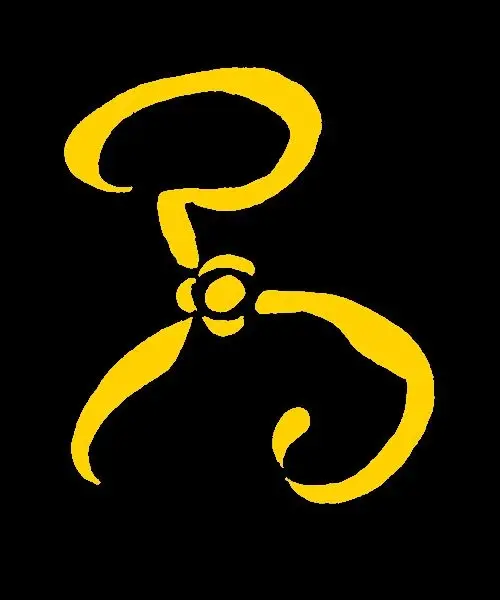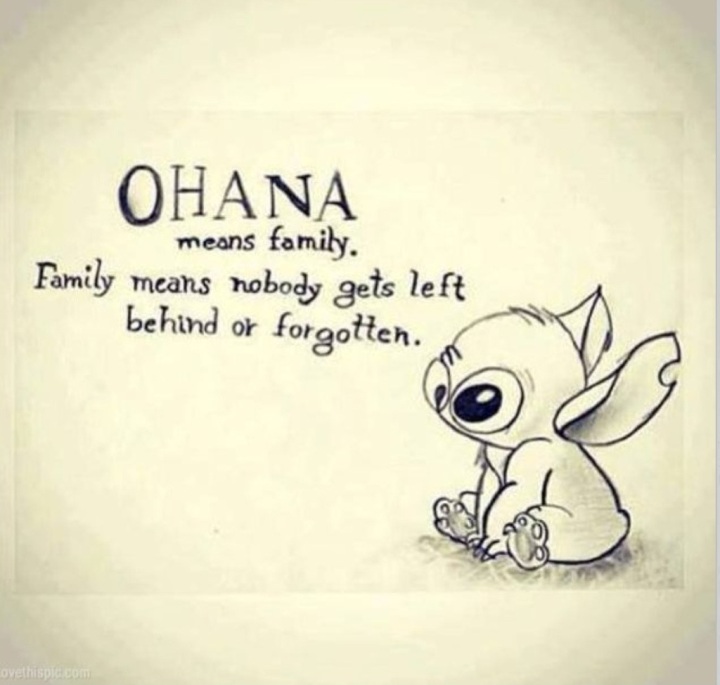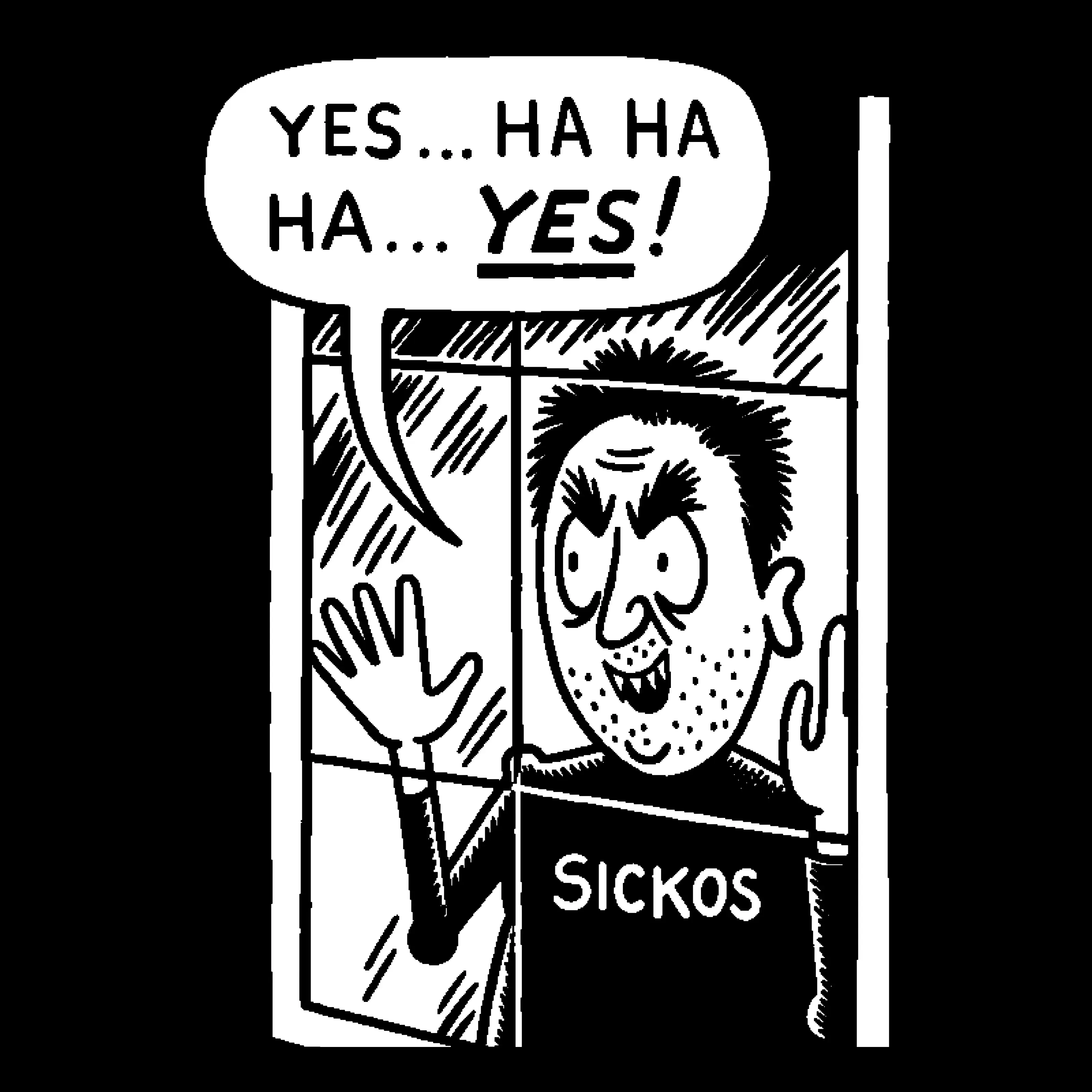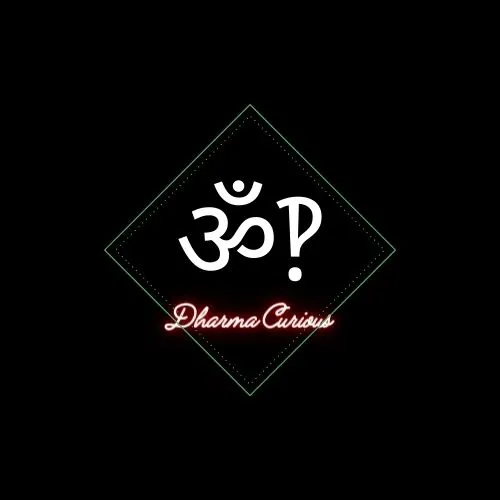I find the metaphors stupid when most of us can just look at the symbol: the vertex side has less distance between segments than the open side.
When I write proofs, I hate using both < & >, because the redundant complexity of juggling both orders slows me down. Just sticking to a single order like < ≤ and arranging values in that single order eased reasoning quite a bit.
When I taught math to young students I used alligators…Muh haa/0/
****I’m leaving the random characters that have been added to my evil laugh. They were added by Zip the orange 3 month old terror kitten
Zip pic where?
I saw the angles and assumed this was a joke about Dirac notation, which I’m still convinced is a massive joke to get mathematical physicists seriously talking about bras and ket in the staff room.
I just use both with a footnote that reads “one of these symbols always lies, one tells the truth. Determining which is which left as an exercise for the reader”
I know someone who did their entire thesis purposely without using effect/affect, because they didn’t know the difference. Instead used “impact” and other similar words.
Affect is an action and effect just exists is how I always remembered it.
that’s a lot better than my method of remembering that effect is not a verb
I can only imagine the impact that had on the end result’s impact. Probably didn’t have the impact they wanted on the readers who were unimpacted by the message.
Most Indonesian school teach to use use it like l> “besar” and l< “kecil”. Besar = big, kecil = small
I still think “Pervert Naruto” for PV=nRT
big > small
as in the symbol is big and open on one side and small and closed on the other. It could not possibly be more literal than that.YES!
Read left to right, they make perfect sense:
Less than is <
Greater than is >
They all make visual sense:
=
≠
±
<
That was not how it was taught to my developing elementary brain.
Sure, but if you regularly use it, wouldn’t you think more about the symbol?
And wouldn’t it make more sense to an adult brain to see one side wider and one side smaller and continue the line in order to understand which size is bigger?
I have to read random passwords to people, nobody knows which is the greater (>) and less (<) than symbol.
Because they are all just knowing it points to the bigger number. >100 and 100< are interchangeable.
uhh… doesn’t it point to the smaller number?
I guess it depends how you view it pointing, the wider side is directed to the larger number
When I encounter this, I have to imagine a context as I would read it. eg. X > Y as X is greater than Y. Because <> are just angle brackets to me.
Related: https://xkcd.com/936/
The greedy bird eats the biggest number
lots of food > not much food
How childish!
It’s obviously Pac-Man.
This never made sense. The larger animal would eat the smaller one.
The crocodile wants to eat the larger child
Why not just remember that the bigger side of the symbol points to the bigger number?
But the pointy end should be pointing. This phrasing could get confusing.
Sounds like a less fun version of the same rule.
rule
Calling that a rule is weird. Like do you have a rule which side of the knife is used to cut? Which part of the toothbrush goes in your mouth? You don’t? Right, cause it’s entirely obvious.
It’s more of a consensus, than a rule. It’s only obvious because of the way we phrase it and the consensus to use that symbol. But we could’ve just as well settled on something like “x follows y” or whatever and you’d have an arrow pointing at the bigger number. Or any other number of ways to compare without using that symbol exactly. It’s more a language than anything, really. What’s important is that everyone understands the same thing regardless of what symbol we use. That’s why everyone uses it like that, not because it’s obvious.
( ಠ‿< )
Rule rule.
Wait… was I the only one that got taught: small number on the small side, big number on the big side?
No cute little metaphor, just deal with the bleakness of the world, kids!
I was just taught this is the symbol for bigger than and this is the symbol for less than. And we remembered them the same way we remember the letters and the numbers and all the other symbols like addition and subtraction. No need to think about it, just “<” and “less than” are equivalent in my mind.
I imagine that is how the symbol came to be used. I doubt they imagined crocodiles.
When this symbol was formalized crocodiles were a much more persistent and immediate threat. They thought about them constantly.
This is like when I found out everybody else got a cute little song to memorize the quadratic equation.
In Germany, we have this. At least I think that quadratic formula means the ABC Formel? If not, I’m sure dorfuchs has a video for it too.
My favorite is the one for the bionische Formeln.
That’s much better than anything we have in the U.S.
Whaaat?? Gimme the song!
To the tune of “Pop Goes the Weasel”
X equals the opposite of B Plus or minus square root B squared minus 4 A C All over 2 A!
🤯💃🕺
https://www.youtube.com/watch?v=VOXYMRcWbF8
This is the tune.
Wow. Your school hated you if you didn’t learn about the alligator or crocodile.
Not even a mention of the duck!
The version I was taught starts with the equals sign. There is nothing simpler to depict the concept of equality than two parallel lines of the same length. Now pinch one side to spoil the equalness, the pinched side points to the smaller number in the unequal pair.
That’s so much more work than just remembering the gator wants to eat more.
I’m so sorry for you that you didn’t have a childhood
I really don’t get why you would need a mnemonic for a symbol that itself already is a mnemonic? How could it ever be confusing that big side is bigger than small side?
Right? How hard is it to remember that it’s an arrow that points at the biggest number? /s
Because the arrow always points to the bigger number, silly. /S
She just wants to say she is writing a PhD thesis in theoretical physics.
Because everyone’s brain is different and things that make intuitive sense for one person don’t necessarily make the same sense to someone else.
Yes, and that’s why they made the symbol portray what it means. I mean it’s even more clear than the equal sign, yet I haven’t heard of mnemonic’s for that?
Because there aren’t (in common use) multiple variations. If we used ≠ and ≈ to represent when the sum was arrived at via addition or subtraction, and only used = when you used both in the same equation, people would fuck that shit up all the time.
Also, you use the equal sign a lot more frequently in life. More exposure makes us remember better










